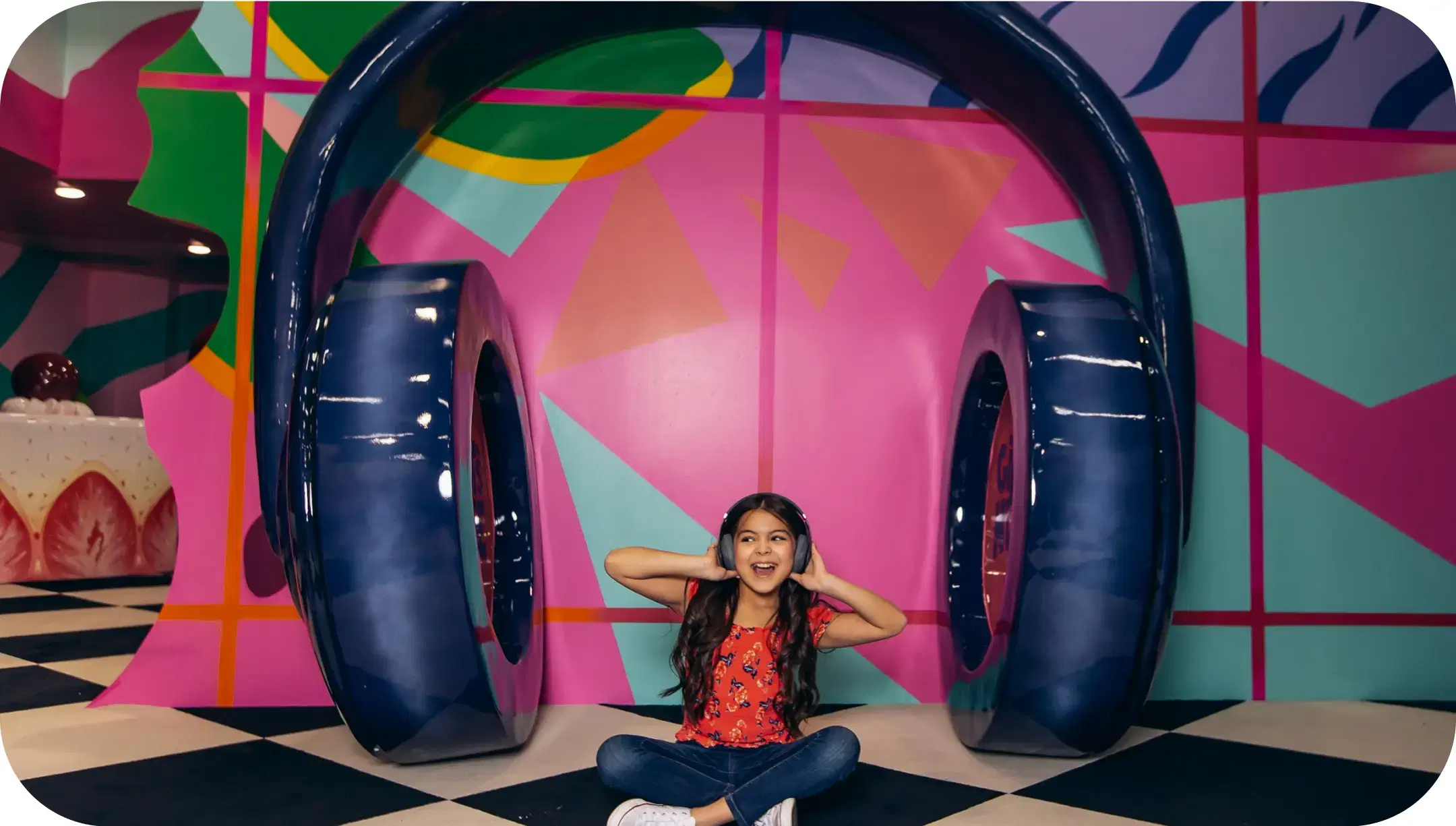Glowing relics of Los Angeles’ storied past await discovery at the Historic Street Lighting Museum, where every lamppost tells a tale of progress and urban splendor. Established by the Los Angeles Bureau of Street Lighting, the museum showcases the rich history of street lighting in the city, highlighting its impact on urban development and public safety. Through its extensive collection, the museum preserves the legacy of street lighting, demonstrating how these innovations have shaped the city’s landscape over the decades.
Visitors to the museum can delve into the technological advancements that have transformed street lighting from gas lamps to modern electric fixtures. The exhibits chronicle the journey of Los Angeles as it embraced new lighting technologies, reflecting broader trends in urbanization and industrialization. This historical perspective allows guests to appreciate the role of roadway illumination in enhancing nighttime visibility and fostering a sense of community safety.
By preserving and presenting these artifacts, the Historic Street Lighting Museum serves as an educational resource for those interested in urban planning, engineering, and design. The museum’s mission extends beyond mere preservation; it aims to inspire future innovations in public infrastructure by reflecting on past achievements. Through its curated displays, the museum invites visitors to consider the aesthetic and functional aspects of street lighting that have illuminated Los Angeles’ streets for generations.
Exploring the Museum: Rare Exhibits and Architectural Highlights
Upon entering the Historic Street Lighting Museum, visitors are greeted by an impressive array of antique street lighting fixtures that once illuminated Los Angeles’ thoroughfares. The collection features over 400 styles of street lights, each representing a different era and design philosophy. From ornate, dragon-adorned lampposts to sleek Art Deco designs, the exhibits showcase the artistic and functional evolution of roadway illumination in the city.
One of the museum’s highlights is its display of original gas lamps from the late 19th century, offering a glimpse into the early days of urban illumination. These artifacts illustrate the craftsmanship and engineering ingenuity of the time, providing context for the technological advancements that followed. Visitors can observe the transition from gas to electric lighting, marked by the introduction of carbon arc lamps and later, incandescent bulbs.
The museum’s architecture complements its exhibits, with thoughtfully designed spaces that enhance the viewing experience. The layout encourages exploration, allowing guests to navigate through different periods of street lighting history. Interactive displays and informative plaques provide deeper insights into the significance of each artifact, making the museum both engaging and educational for visitors of all ages.
The Broader Impact: How Street Lighting Shaped Los Angeles and Beyond
Street lighting has played a pivotal role in shaping urban environments, and Los Angeles is no exception. The introduction and evolution of street lighting in the city have significantly influenced urban planning, public safety, and social interactions. By extending active hours beyond daylight, street lighting has facilitated economic activities, cultural events, and community gatherings, contributing to the city’s vibrant nightlife.
Los Angeles’ approach to urban illumination has often set precedents for other cities. The city’s adoption of various lighting technologies reflects broader trends in urban development and modernization. The Museum captures this narrative, showcasing how Los Angeles’ innovations in street lighting have inspired similar advancements elsewhere. The museum’s collection highlights the city’s commitment to blending functionality with aesthetic appeal, influencing street lighting designs globally.
For researchers, students, and urban enthusiasts, the museum serves as a valuable resource for understanding the interplay between technology and urban life. The exhibits offer insights into how street lighting has addressed challenges related to safety, mobility, and urban aesthetics. By examining these developments, visitors can appreciate the strategic decisions that have illuminated not only Los Angeles’ streets but also its path toward becoming a modern metropolis.
A Creative Contrast: Exploring the World of Illusions in Los Angeles
While the Historic Street Lighting Museum offers a retrospective on the evolution of urban illumination, Los Angeles also hosts attractions that playfully challenge perceptions of reality. The World of Illusions, located at 6751 Hollywood Blvd, Los Angeles, CA 90028, provides an interactive experience where visitors can immerse themselves in optical illusions and imaginative exhibits. This modern attraction complements the historical narrative of the Street Lighting Museum by showcasing contemporary interpretations of light and perception.
The World of Illusions features four main exhibits, each offering a unique experience. The Giant’s House invites visitors to step into a world where everyday objects are supersized, creating an immersive environment that distorts scale and perspective. Guests can wander through rooms filled with enormous furniture and towering props, offering a playful exploration of how size and proportion impact our perception of space—much like how historic roadway illumination shaped the way residents once viewed their streets after dark.
Equally captivating, the Upside Down House offers seven creatively designed rooms that flip reality on its head. Furniture clings to ceilings, floors appear above, and gravity-defying illusions surround visitors, providing a surreal experience that challenges the senses. Just as historic street lighting redefined nighttime environments, the Upside Down House reimagines the familiar, transforming ordinary domestic spaces into a mind-bending adventure.
The World of Illusions also features the Museum of Illusions, where guests interact with striking 3D wall paintings and optical effects, and Smash It!, an exhibit that encourages participants to write frustrations on plates and shatter them against the wall. These creative experiences rely on clever uses of light, shadow, and visual distortion—offering a modern parallel to the historic mastery of lighting design. Together, the Street Lighting Museum and the World of Illusions provide visitors with contrasting yet complementary perspectives on light, scale, and perception in Los Angeles.
Preserving the Glow: The Ongoing Importance of the Historic Street Lighting Museum
The Historic Street Lighting Museum stands as a testament to Los Angeles’ commitment to preserving its unique urban heritage. Its extensive collection not only showcases the technological evolution of street lighting but also captures the artistic expressions that defined the city’s streetscapes over the years. By maintaining this remarkable assortment of historic lighting fixtures, the museum safeguards a vital piece of Los Angeles’ architectural and cultural identity.
Where is the Historic Street Lighting Museum located in Los Angeles?
The Historic Street Lighting Museum is located at 1149 S. Broadway, Suite 200, Los Angeles, California. This unique museum preserves the rich history of street lighting and showcases rare fixtures that once illuminated the streets of Los Angeles, offering visitors a detailed look into the city’s historic infrastructure.
Can I visit both the Historic Street Lighting Museum and the World of Illusions in Los Angeles?
Yes, both attractions are located in Los Angeles and offer different perspectives on light and perception. While the museum focuses on the historic development of street lighting, the World of Illusions delivers interactive exhibits that creatively explore visual tricks, offering a fun contrast to the museum’s educational displays.
What can I expect to see at the Historic Street Lighting Museum in Los Angeles?
The museum features a vast collection of historic street lighting fixtures used throughout Los Angeles’ past. Visitors will see original lampposts, gas lamps, and electric lighting displays that reflect the technological and artistic evolution of urban street lighting over the decades.







